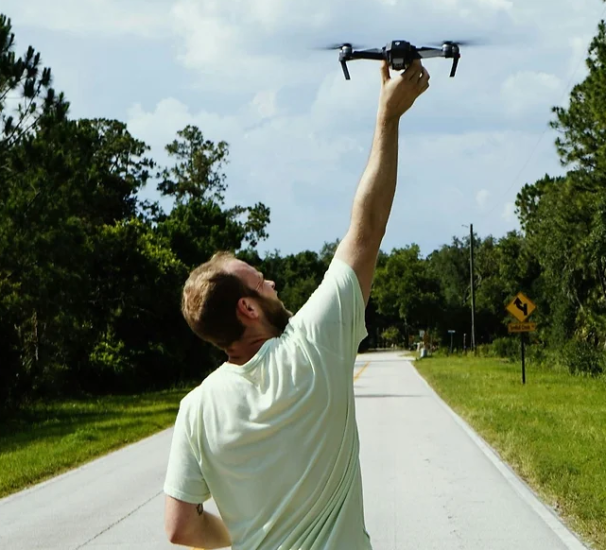RefMap’s UK partner, the University of Salford has completed the first of a series of experiments aimed at understanding the human response to drone noise. The ultimate goal is to develop a model to predict drone noise annoyance and aid the trajectory optimisation of drones to reduce the impact on communities. This first experiment investigated how varying UAS (drone) flight operations, vehicle types, and event quantities could affect noticeability and noise annoyance judgments in a controlled experiment incorporating 3D spatially-rendered acoustic environments. The University of Salford is also working on the development of a framework for the auralisation and acoustic simulation of drone operations to aid drone noise assessment and decision-making.
Additionally, RefMap is now able to predict the wind around realistic urban areas which can be used to explore and optimise Urban Air Vehicles (UAV) trajectories, by using a low-fidelity Computational Fluid Dynamics model.
Optimised drone trajectories with low-fidelity Computational Fluid Dynamics (CDF) models
Using a low-fidelity Computational Fluid Dynamics (CDF) model, RefMap’s partners, the Delft University of Technology together with AgentFly Technologies, are now able to predict the wind around realistic urban areas (in their case, the TUDelft campus) which can be used to explore and optimise Urban Air Vehicles (UAV) trajectories. In the figure below, we present a directionally-averaged velocity heatmap where red regions mark high-velocity regions at different vertical locations in the area of interest. In addition to the TUDelft campus, they are currently also working on two other cases with realistic urban areas namely, Delftshaven (a sub-set of the city of Rotterdam) and the entire city of Rotterdam.
Computing in-flight emissions for aircraft using sustainable aviation fuels
The Boeing fuel flow method 2 (BFFM2) which computes the emissions along a given trajectory, has been adapted by RefMap’s partner, the KTH Royal Institute of Technology, to consider sustainable aviation fuels at different blending ratios. The SAF-adapted BBFM2 is in its final phase of implementation aiming to reach higher levels of accuracy in emissions predictions for SAF. In this way, we will not only be able to compute the emissions generated by a given trajectory when using fossil fuel and its corresponding climate and air quality impact but also consider the use of more sustainable approaches such as SAF.
What’s next?
The Aircraft Noise and Climate Effects (ANCE) section of the Delft University of Technology together with AgentFly Technologies, are already planning their next experimental campaign in Czechia to measure the noise emitted by a wide range of Unmanned Air Vehicles (UAV)’ operations. The researchers from both teams will measure the acoustics and the flight dynamics of several drone types. This is a necessary step towards developing data-driven models to predict annoyance caused by UAV operations, bringing us a step closer to fulfilling one of RefMap’s main goals. AgentFly Technologies upgraded its simulation framework to include the noise models created by the measurements. Once the models are completed, the simulation will be capable of evaluating the noise over multiple scenarios and simulation runs.
The 3-year RefMap project brings together experts from the broader aviation sector team up to marry the two worlds of Air Traffic Management (ATM) and Unmanned Aircraft System Traffic Management (UTM), focusing their research on the future business models in aviation. The project started on 1 February 2023 and ends on 31 January 2026. KTH Royal Institute of Technology is the coordinator.
The RefMap consortium consists of 11 partners, including universities, SMEs and ATM/UAS experts from eight European countries. It sets out to reduce the environmental impact of air travel for airlines and Unmanned Aerial Systems (UAS) by creating a digital service that optimises flight trajectories on both micro and macro levels. By using environmental data, such as wind, noise, CO2 and non-CO2 emissions, RefMap’s analytics platform will help airlines, airports, and regulators make more eco-friendly decisions. This will lead to stricter evidence-based green policymaking in the aviation sector and the development of new aviation business models in line with the EU’s Green Agenda.
For more information visit:




